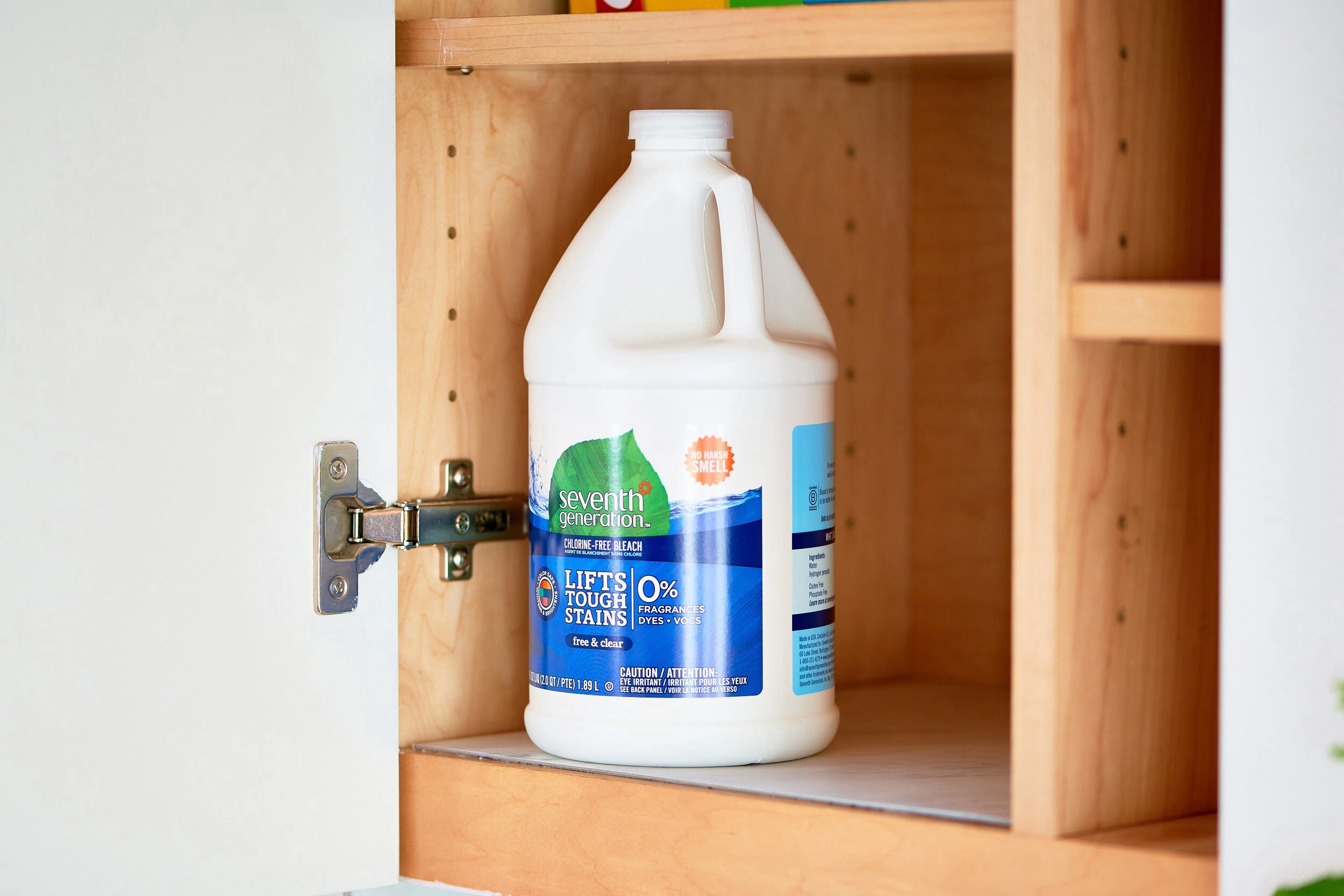

Articles
How To Store Bleach
Modified: December 7, 2023
Learn the proper way to store bleach in this informative article. Discover essential tips and guidelines for safely storing bleach to ensure its effectiveness and longevity.
(Many of the links in this article redirect to a specific reviewed product. Your purchase of these products through affiliate links helps to generate commission for Storables.com, at no extra cost. Learn more)
Introduction
When it comes to household cleaning products, few are as versatile and effective as bleach. From disinfecting surfaces to removing tough stains, bleach is a go-to solution for many cleaning tasks. However, it’s important to remember that bleach is a powerful chemical that should be handled and stored with care. Proper bleach storage is not only important for maintaining its effectiveness but also for ensuring the safety of everyone in your household.
In this article, we will explore the reasons why proper bleach storage is essential and provide you with general guidelines on how to store bleach safely. We will also discuss the importance of choosing the right container for bleach storage, storing it in a safe location, taking precautions while handling bleach, and tips for extending its shelf life. Lastly, we will address the proper disposal of bleach to ensure its safe and environmentally-friendly removal.
By following these guidelines, you can ensure that your bleach remains effective and safe to use whenever you need it, while minimizing the risk of accidents or mishaps. So, let’s dive in and discover the best practices for storing bleach!
Key Takeaways:
- Proper bleach storage is crucial for safety, effectiveness, and preventing accidents. Choose the right container, store in a safe location, and follow handling precautions to ensure its potency and protect your household.
- Extend the shelf life of bleach by storing it in a cool, dark place, keeping the container tightly sealed, and using it up before expiration. Follow local regulations for eco-friendly disposal to protect the environment.
Read more: How To Bleach Sink
Why is Proper Bleach Storage Important?
Proper bleach storage is crucial for several reasons. First and foremost, bleach is a potent chemical that can cause harm if not stored correctly. It contains active ingredients, such as sodium hypochlorite, which can be corrosive and irritating to the skin, eyes, and respiratory system. Storing bleach in an appropriate manner helps to minimize the risk of accidental exposure and potential harm to individuals.
In addition to the safety aspect, proper bleach storage also plays a role in maintaining its effectiveness. When not stored properly, bleach can degrade over time and lose its potency. Exposure to light, heat, and air can accelerate the deterioration of bleach, rendering it less effective for its intended uses. By storing bleach in the right conditions, you can ensure that it retains its efficacy and remains a powerful cleaning agent when you need it.
Furthermore, storing bleach properly can prevent accidents, such as spills or leaks, which can damage surfaces, fabrics, or other materials. Bleach is a powerful oxidizing agent and can cause discoloration or even permanent damage to certain materials if it comes into contact with them. By storing bleach securely, you can reduce the risk of accidental spills and potential damage to your belongings.
Proper bleach storage is particularly important if you have children or pets in your home. Bleach is a hazardous substance, and if ingested or accidentally exposed to children or pets, it can cause serious health issues. Storing bleach in a secure location, out of their reach, is essential for their safety and well-being.
Overall, proper bleach storage is critical for maintaining safety, preserving effectiveness, preventing accidents, and safeguarding the health of individuals and the environment. By following the guidelines for bleach storage, you can ensure that this powerful cleaning agent remains a useful and reliable tool in your household cleaning arsenal.
General Guidelines for Storing Bleach
When it comes to storing bleach, there are a few key guidelines to keep in mind to ensure its safety and effectiveness:
- Choose a cool and dry location: Bleach should be stored in a cool, dry place away from direct sunlight. High temperatures can accelerate the degradation of bleach, reducing its potency over time. Avoid storing bleach near sources of heat, such as radiators or hot water pipes.
- Keep bleach in its original container: It’s best to store bleach in its original, tightly sealed container. The container is specifically designed to protect the bleach from external factors that can diminish its efficacy, such as air and light. Ensure that the container is securely closed after each use to prevent spills and leaks.
- Label the container: If you transfer bleach to a different container, make sure to label it clearly. This helps to avoid confusion and prevent accidental ingestion. Use a permanent marker to indicate that the container holds bleach and include the date of transfer if applicable.
- Store bleach away from other chemicals: Bleach should be stored separately from other cleaning agents, particularly those that contain ammonia or acids. Mixing bleach with certain chemicals can produce toxic fumes or reactions that can be dangerous. Keep bleach in a dedicated storage area to minimize the risk of accidental mixing.
- Keep bleach out of reach of children and pets: Store bleach in a secure location that is out of the reach of children and pets. Consider using childproof locks or storing bleach in a locked cabinet to prevent accidental exposure or ingestion. Always keep bleach and its container well out of sight and reach from curious hands or paws.
By following these general guidelines, you can ensure that your bleach remains safe, effective, and ready to use whenever you need it. Remember, proper storage not only protects your household but also extends the shelf life of bleach, saving you money in the long run.
Choosing the Right Container for Bleach Storage
When it comes to storing bleach, selecting the right container is crucial for maintaining its effectiveness and ensuring safety. Here are some factors to consider when choosing a container for bleach storage:
- Material: Opt for containers made of high-density polyethylene (HDPE) or polypropylene (PP), as these materials are resistant to the corrosive properties of bleach. Avoid using containers made of materials that can react with bleach, such as glass or metal.
- Sealability: The container should have a tight and secure sealing mechanism to prevent leaks and spills. Look for containers with screw-on caps or snap lids that create a strong seal. This will help protect the bleach from exposure to air, which can cause it to degrade.
- Opaque or tinted: Choose containers that are opaque or tinted to reduce exposure to light. Light can degrade the active ingredients in bleach, affecting its potency over time. Opaque containers provide an extra layer of protection against UV rays and help preserve the bleach’s effectiveness.
- Clean and chemical-free: Ensure that the container you choose is clean, dry, and free from any previous chemical residue. Residual chemicals from prior use can react with bleach and compromise its effectiveness or create potentially hazardous substances.
- Size and shape: Consider the amount of bleach you typically use to determine the appropriate container size. It’s best not to store bleach in a container that is too large, as this may allow for a large volume of air, which can accelerate degradation. Opt for a container that comfortably fits the amount of bleach you typically use within a reasonable timeframe.
- Clearly labeled: Whether using the original bleach container or transferring it to a different one, ensure that the container is clearly labeled as containing bleach. This helps to avoid confusion and prevents accidental ingestion or misuse.
Remember, the container you choose should always be used solely for storing bleach. Using the same container for other substances can lead to chemical reactions and compromise the safety and effectiveness of the bleach. It’s important to dedicate a specific container for bleach storage to minimize any risks associated with accidental mixing or contamination.
By selecting a suitable container for bleach storage, you can extend its shelf life and ensure that it remains a powerful and reliable cleaning agent for your household.
Storing Bleach in a Safe Location
Choosing the right location for storing bleach is essential to ensure the safety of your household members and protect your belongings. Here are some considerations for selecting a safe storage location:
- High and dry: Store bleach in an elevated location, out of reach of children and pets. A high shelf or locked cabinet can serve as an ideal storage spot. This prevents accidental exposure or ingestion, minimizing the risk of harm.
- Well-ventilated area: While it’s important to keep bleach out of the reach of children and pets, it’s equally essential to store it in a well-ventilated area. Ventilation helps to dissipate any fumes or odors that may be released by the bleach. Avoid storing bleach in a confined space or airtight container to prevent the buildup of potentially harmful gases.
- Away from heat sources: Keep bleach away from sources of heat, such as radiators, hot water pipes, or direct sunlight. Excessive heat can accelerate the degradation of bleach, reducing its effectiveness over time. Choose a cool location, ideally at room temperature, to maximize the shelf life of your bleach.
- Separate from food and drink: It’s crucial to store bleach away from food and drinks to prevent accidental contamination. Bleach should not come into contact with items that can be consumed, as it can lead to serious health hazards. Ensure there is a clear separation between bleach and items intended for human consumption.
- Accessible in case of emergencies: While it’s important to store bleach out of reach, it’s equally important to ensure it is accessible in case of emergencies or when you need it for cleaning purposes. Make sure the storage location is easily accessible to you, preferably with a well-lit area for retrieving the bleach safely.
By storing bleach in a safe location, you can minimize the risks associated with accidental exposure and ensure the effective and safe use of this powerful cleaning agent. Remember to communicate the importance of bleach safety to all members of your household and educate them about the potential hazards of mishandling or misusing bleach.
By adhering to these guidelines, you can confidently store your bleach knowing that it is both secure and readily available when needed.
Store bleach in a cool, dry place away from direct sunlight and heat sources. Keep it tightly sealed and away from children and pets. Avoid storing near any acidic or ammonia-based products to prevent dangerous chemical reactions.
Read more: How To Bleach A Bathtub
Precautions to Take While Handling Bleach
While bleach is a highly effective cleaning agent, it’s important to take proper precautions when handling it to ensure your safety and minimize the risk of accidents or mishaps. Here are some key precautions to keep in mind:
- Protective gear: Wear appropriate protective gear when handling bleach, including gloves and eye protection. Rubber or nitrile gloves provide a barrier between your skin and the bleach, reducing the risk of skin irritation or chemical burns. Safety goggles or glasses can protect your eyes from accidental splashes or fumes.
- Ventilation: Ensure that the area where you are using or diluting bleach is well-ventilated. Open windows or use fans to help circulate fresh air and disperse any fumes that may be released. Avoid inhaling bleach fumes directly and take breaks if you feel any discomfort or respiratory irritation.
- Avoid mixing: Never mix bleach with other chemicals, particularly those that contain ammonia or acids. This can result in the release of toxic fumes or reaction that can be dangerous. Always use bleach as directed and avoid any experimentation with alternative cleaning solutions.
- Read and follow instructions: Carefully read and follow the manufacturer’s instructions on the bleach container. Pay attention to any warnings or cautionary statements. Improper use or dilution of bleach can lead to accidents or inadequate cleaning results.
- Dilute properly: When using bleach for cleaning, follow the recommended dilution ratios provided on the bleach container. Using bleach in a concentrated form can be too harsh and may damage surfaces or fabrics. Always mix bleach with water or the appropriate cleaning agent as instructed.
- Use in well-lit areas: When using bleach, ensure that the area is well-lit, allowing you to see and control your actions better. Poor visibility increases the chances of accidents, spills, or mishandling. Adequate lighting helps you maintain control and accuracy while using bleach.
It’s also essential to remember to wash your hands thoroughly with soap and water after handling bleach. Clean any surfaces or objects that come into contact with bleach to prevent accidental exposure or ingestion.
By taking these precautions and handling bleach with care, you can ensure your safety and maximize the effectiveness of this potent cleaning agent. Don’t hesitate to seek medical attention if you experience any adverse reactions or have concerns about your exposure to bleach.
Tips for Extending the Shelf Life of Bleach
Proper storage and handling techniques can help extend the shelf life of bleach, ensuring that it remains effective for longer periods. Here are some helpful tips to maintain the quality and potency of your bleach:
- Store bleach in a cool, dark place: Heat and exposure to light can accelerate the degradation of bleach. Keep it in a cool, dark area, away from direct sunlight or high temperatures. A pantry or a dedicated storage cabinet can be ideal storage spots.
- Keep the bleach container tightly sealed: After each use, ensure that the bleach container is tightly sealed to prevent air from entering. Exposure to air can cause bleach to break down faster. A tightly sealed container helps maintain the potency of the bleach over time.
- Avoid transferring bleach to different containers: It’s best to keep bleach in its original container to minimize air and light exposure. The original container is designed to protect the bleach from degradation. If you need to transfer the bleach, use a new container that is clean and specifically designed for storing household chemicals.
- Check the expiration date: Pay attention to the expiration date on the bleach container. Over time, bleach loses its effectiveness, so using an expired product may not achieve desired cleaning results. As bleach ages, it may also become less potent and require longer exposure times to achieve the desired disinfecting effect.
- Rotate your bleach supply: If you purchase bleach in bulk or have multiple containers, it’s advisable to rotate your supply. Use older containers first, ensuring that you use them before their expiration dates. By rotating your stock, you can ensure that you are always using the freshest bleach and reducing waste.
- Label and date your bleach containers: If you choose to transfer bleach to a different container, remember to label it with the contents and the date of transfer. This helps you keep track of its age and ensures proper usage and rotation of your supply.
By following these tips, you can maximize the shelf life of your bleach and ensure that it remains a powerful cleaning agent when you need it. Regularly check the condition of your bleach, and if you notice any signs of deterioration, such as a strong odor or a change in color, it may be time to replace it.
Always remember to handle bleach with caution, follow recommended usage guidelines, and keep it out of the reach of children and pets. By practicing proper storage and handling techniques, you can extend the life of your bleach, save money, and continue to enjoy its cleaning and disinfecting benefits.
How to Dispose of Bleach Properly
When it comes to disposing of bleach, it’s important to follow the proper guidelines to ensure the safety of the environment and those around you. Here are some steps to help you dispose of bleach in an eco-friendly and responsible manner:
- Use up the bleach: If you have a small amount of bleach that you need to dispose of, consider using it up for its intended cleaning purposes. Dilute it properly and use it for cleaning or disinfecting surfaces. By using up the bleach, you minimize waste and make the most of the product.
- Neutralize the bleach: If you have a larger quantity of bleach to dispose of, you can neutralize it before disposal. To do this, you can add a mixture of equal parts vinegar and water to the bleach. The vinegar helps to neutralize the bleach, making it less harmful. Once the mixture is neutralized, it can be safely poured down the drain.
- Check local regulations: It’s important to be aware of your local regulations regarding the disposal of household chemicals, including bleach. Check with your local waste management authorities or search their website to find out the specific guidelines for bleach disposal in your area. They may provide designated collection points or instructions for safe disposal.
- Consider community drop-off sites: Many communities provide drop-off sites for hazardous household waste, including bleach. These sites are equipped to handle and dispose of chemicals safely. Check if there are any community drop-off locations or hazardous waste collection events in your area where you can bring your bleach for proper disposal.
- Recycle the container: If you have empty bleach containers, it’s important to recycle them properly. Rinse the container thoroughly to remove any residue, and then check with your local recycling program to see if they accept empty bleach containers. Follow their guidelines for recycling plastics or contact your local recycling center for more information.
Remember, never pour bleach down the drain or toilet without diluting or neutralizing it first. Straight bleach can harm the environment, contaminate water sources, and damage plumbing systems.
By following these disposal guidelines and being mindful of proper waste management practices, you can ensure that your bleach is disposed of in an environmentally-friendly and responsible way.
Conclusion
Proper bleach storage and handling are essential for maintaining its effectiveness and ensuring the safety of your household. By following the guidelines discussed in this article, you can protect yourself and your loved ones while keeping your bleach potent and ready for use.
We explored the importance of storing bleach in a cool, dry location and choosing the right container to prevent degradation and maintain its potency. Storing bleach in a safe location, away from children and pets, reduces the risk of accidental exposure or ingestion.
Furthermore, we discussed the precautions to take while handling bleach, such as wearing protective gear and avoiding the mixing of bleach with other chemicals. These precautions help minimize the risk of harm and maximize safety during the handling process.
In addition, we provided tips for extending the shelf life of bleach, including storing it away from heat and light, keeping the container tightly sealed, and rotating your stock to ensure freshness. By following these tips, you can make the most of your bleach and avoid waste.
And finally, we discussed the proper disposal of bleach. Whether using it up, neutralizing it before disposal, or recycling the container, it’s important to follow local regulations and be mindful of environmentally-friendly practices when disposing of bleach.
In conclusion, proper storage, handling, and disposal of bleach are crucial for maintaining its efficacy, ensuring safety, and protecting the environment. By incorporating these practices into your cleaning routine, you can confidently use bleach as a powerful cleaning agent while promoting a safe and sustainable home environment.
Frequently Asked Questions about How To Store Bleach
Was this page helpful?
At Storables.com, we guarantee accurate and reliable information. Our content, validated by Expert Board Contributors, is crafted following stringent Editorial Policies. We're committed to providing you with well-researched, expert-backed insights for all your informational needs.
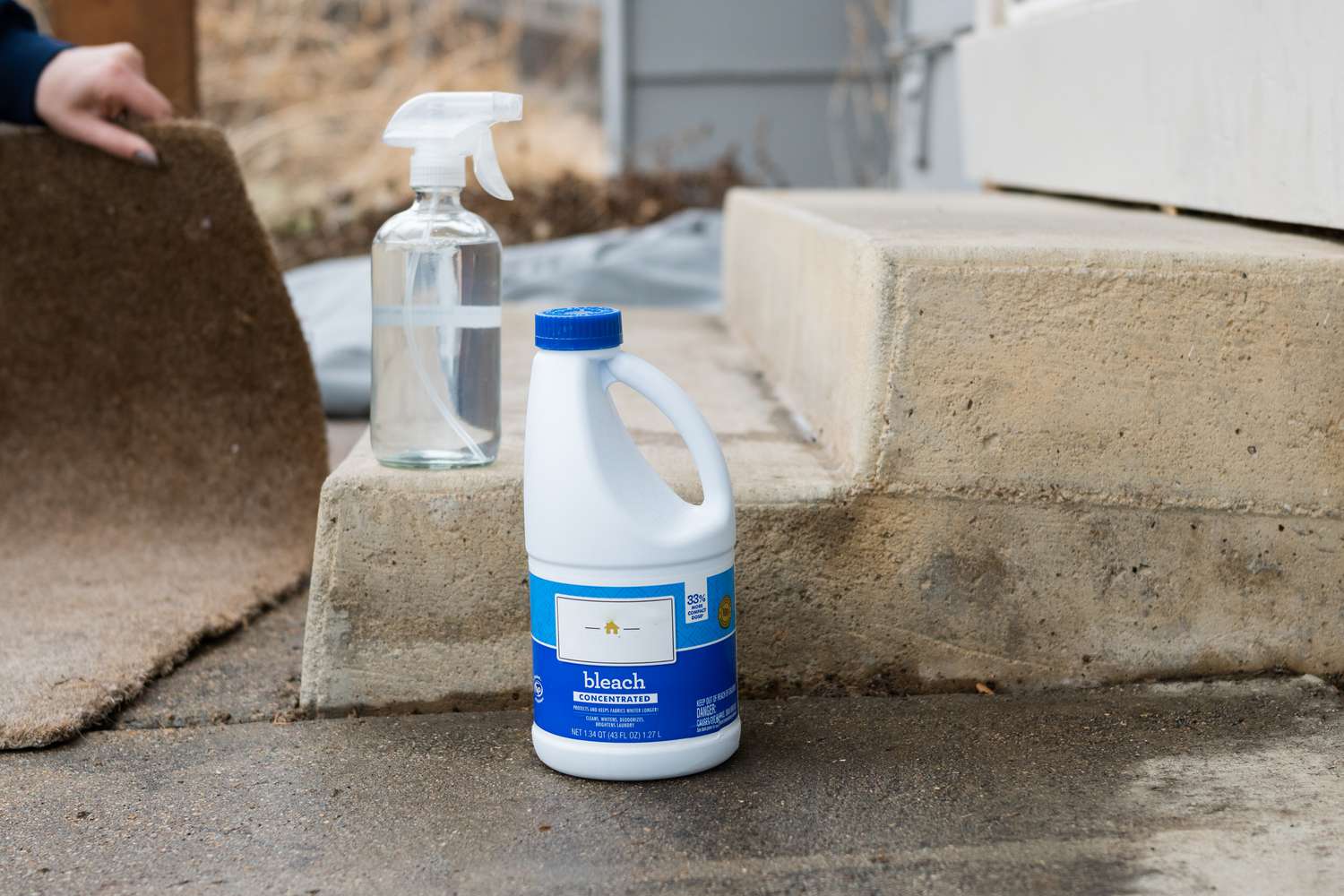
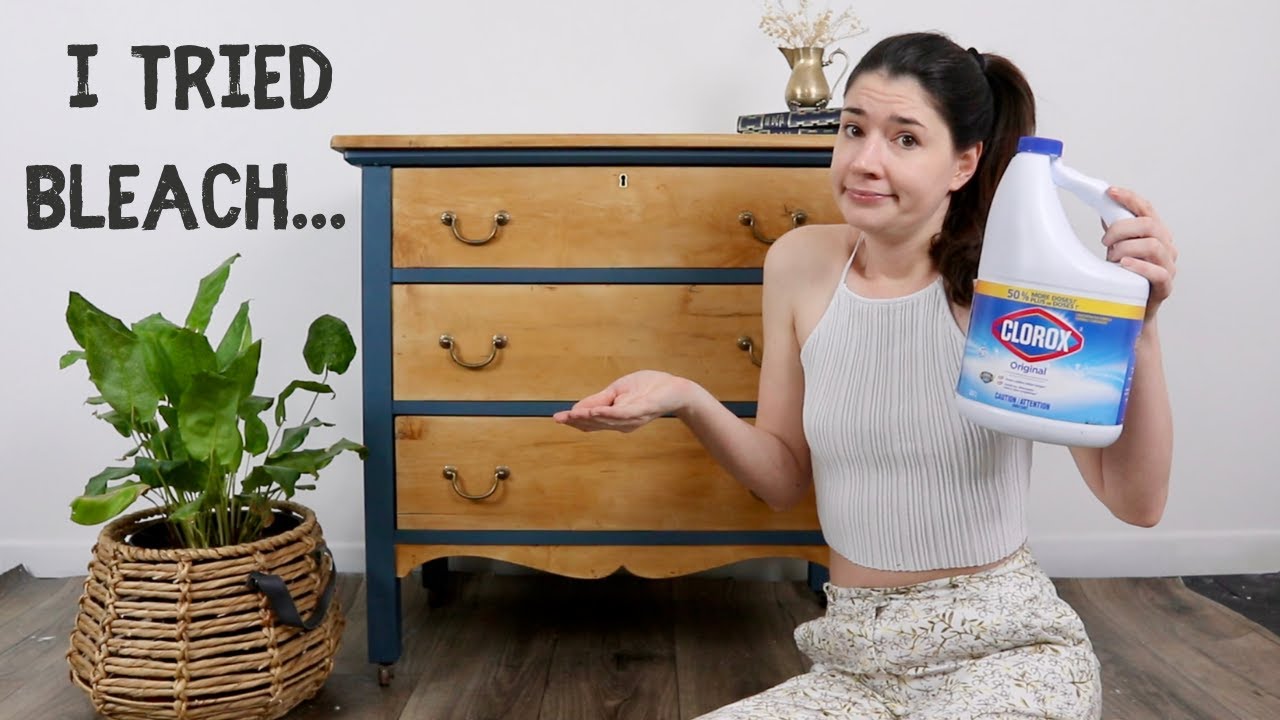
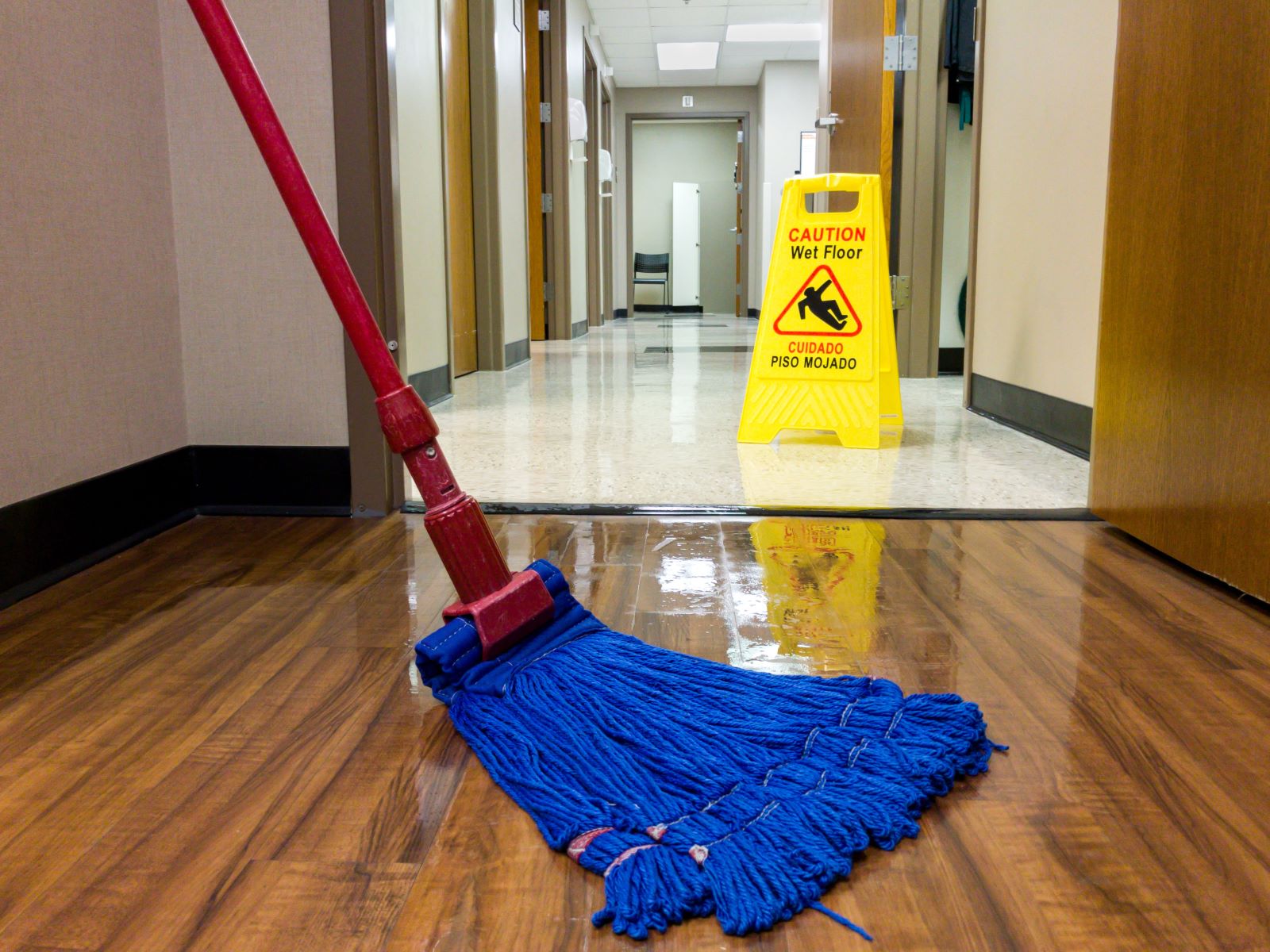
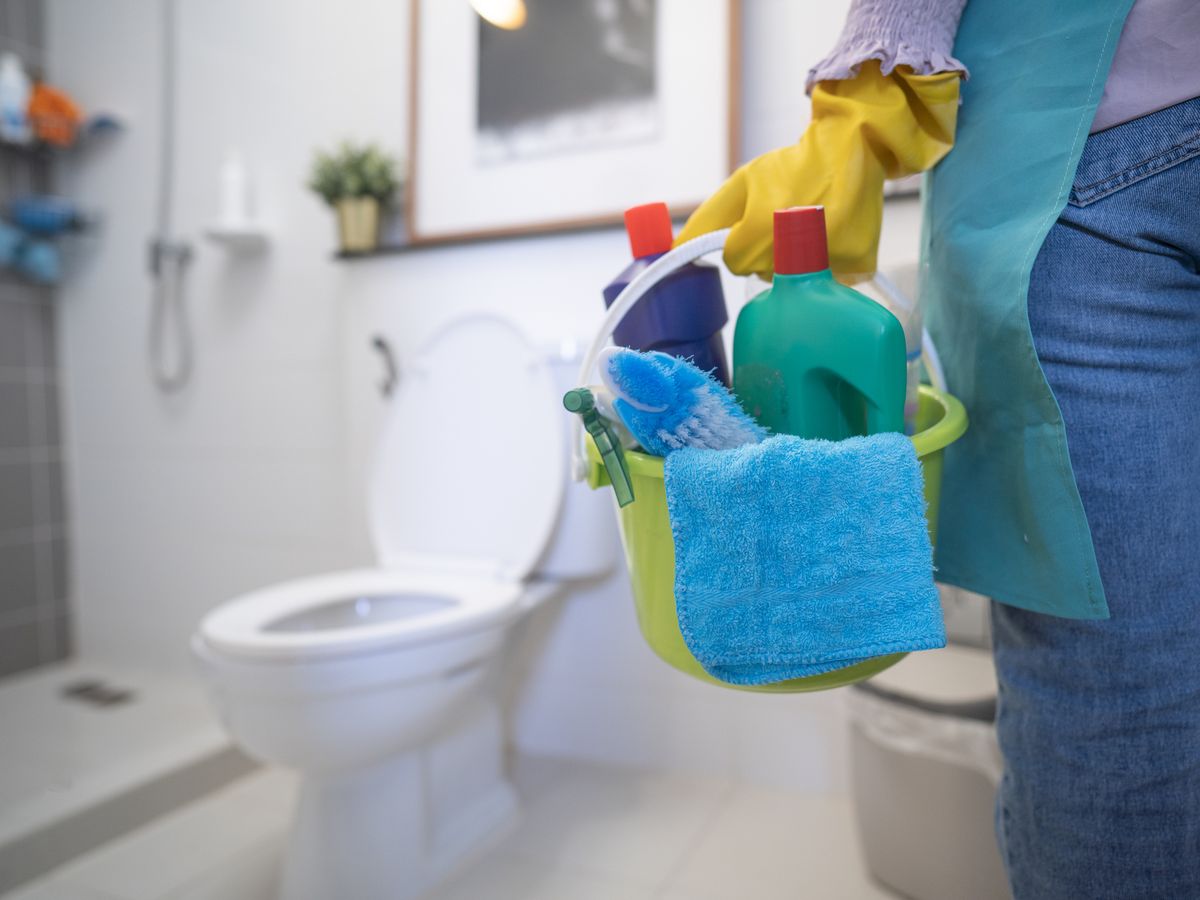
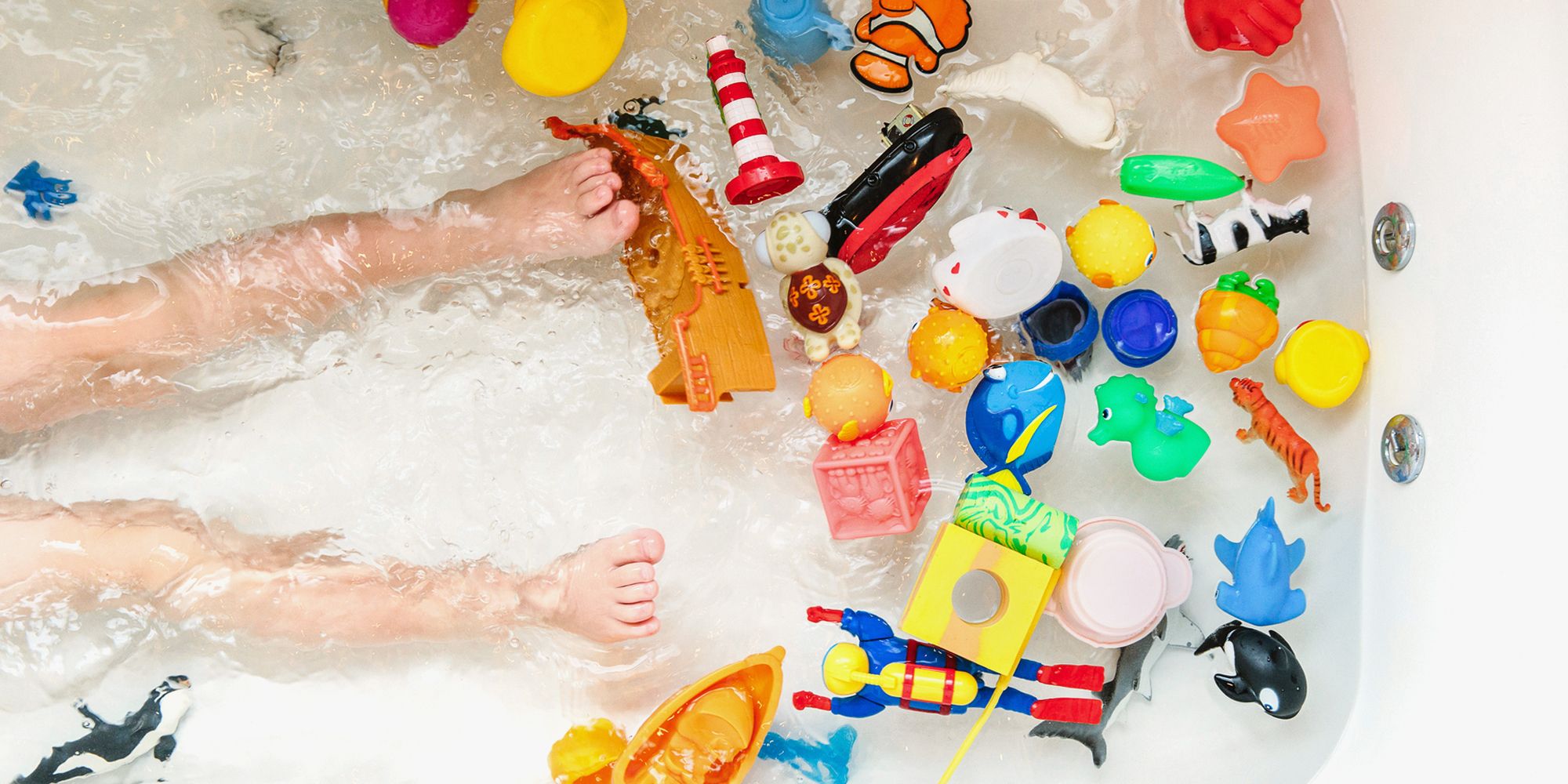
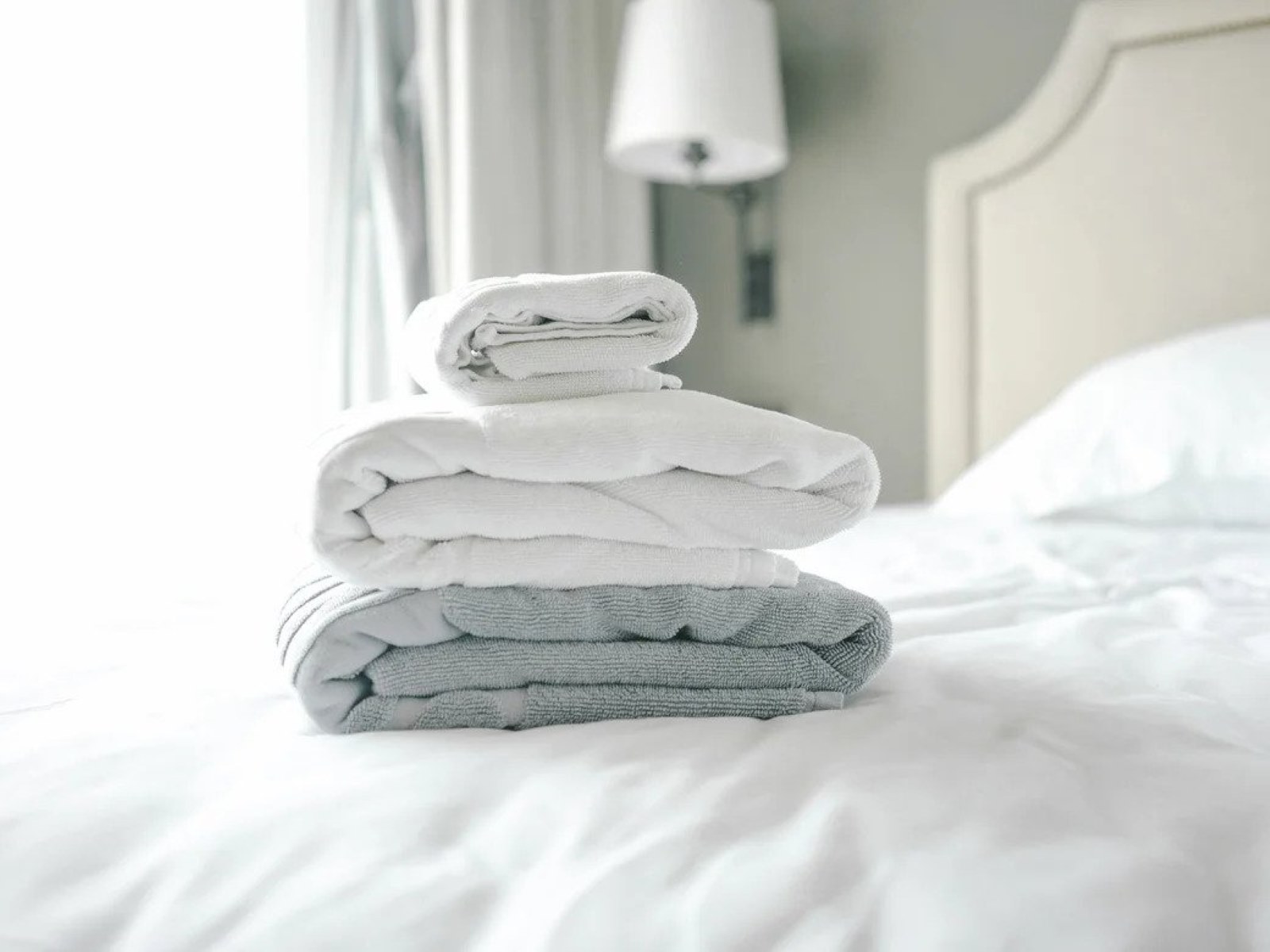
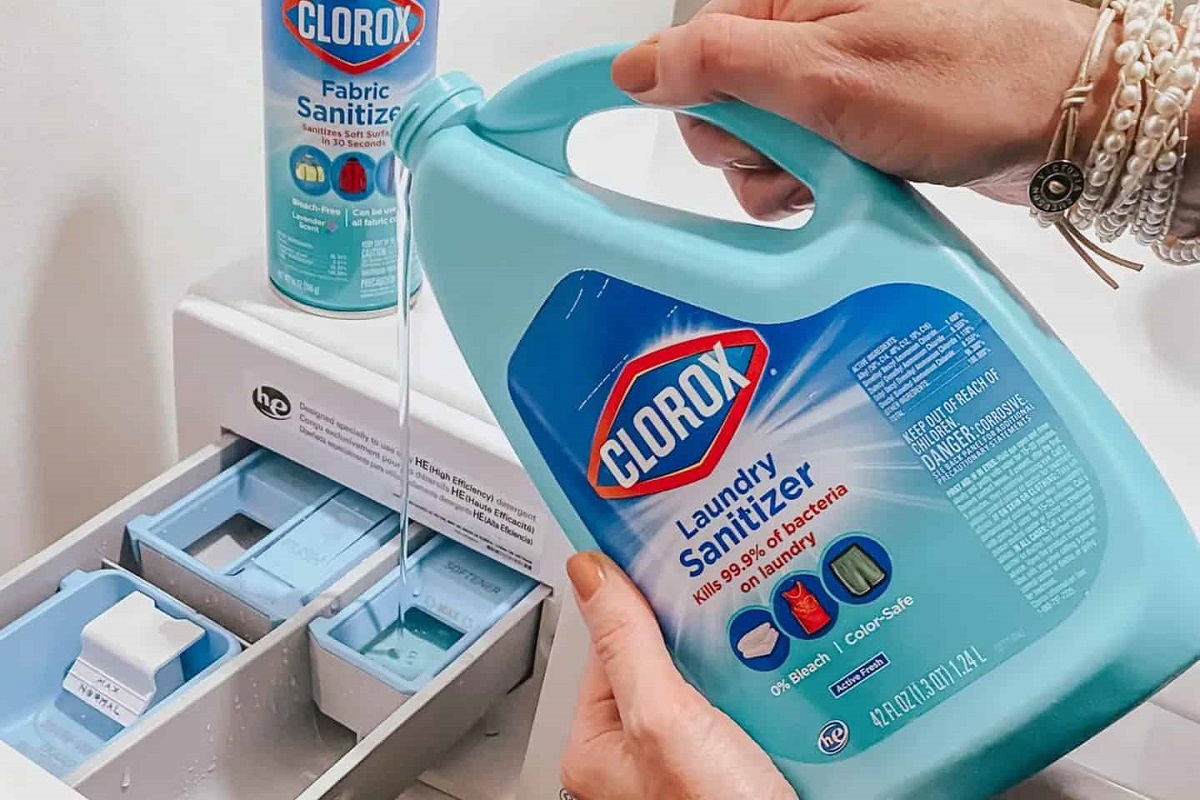
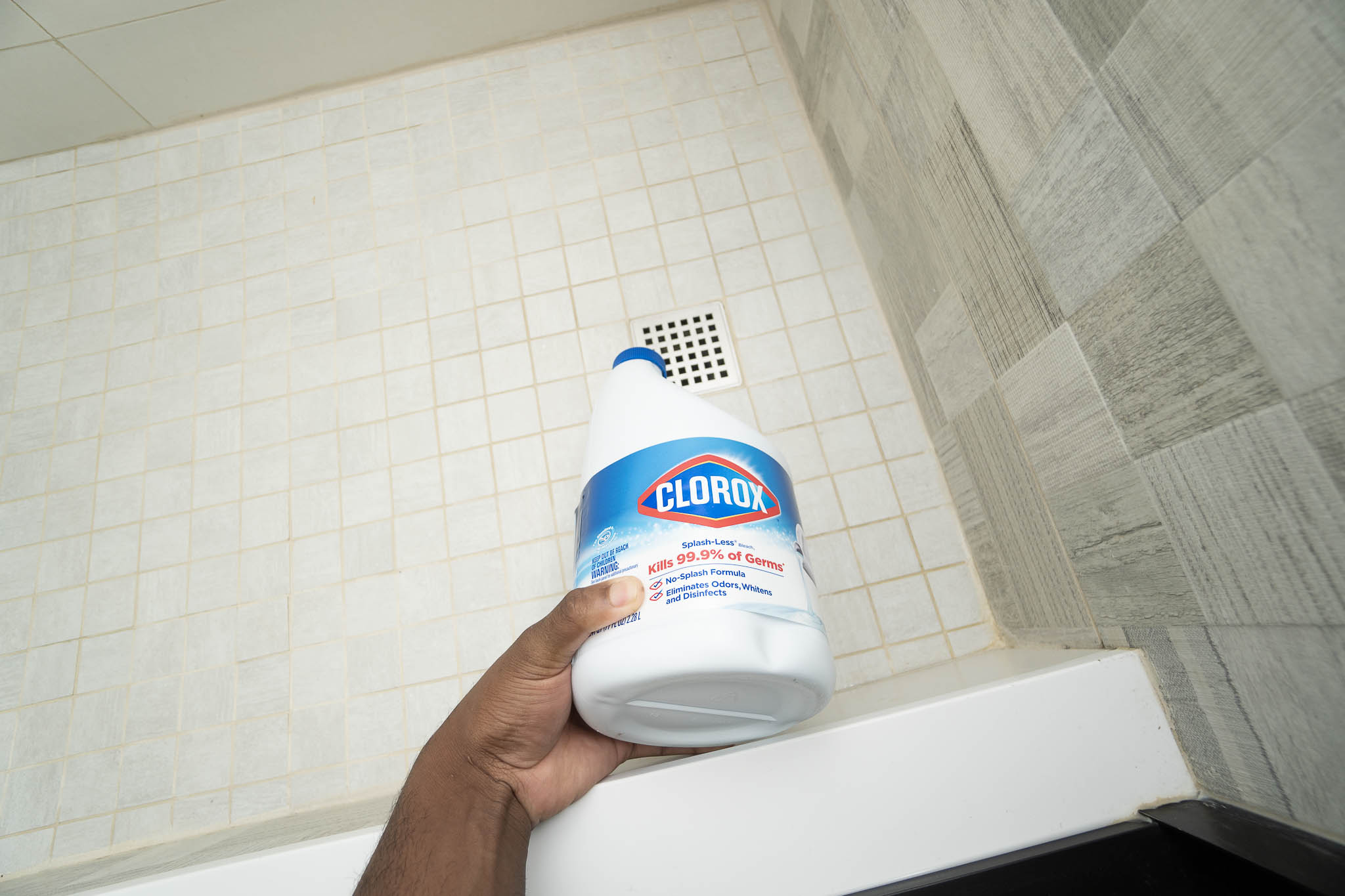
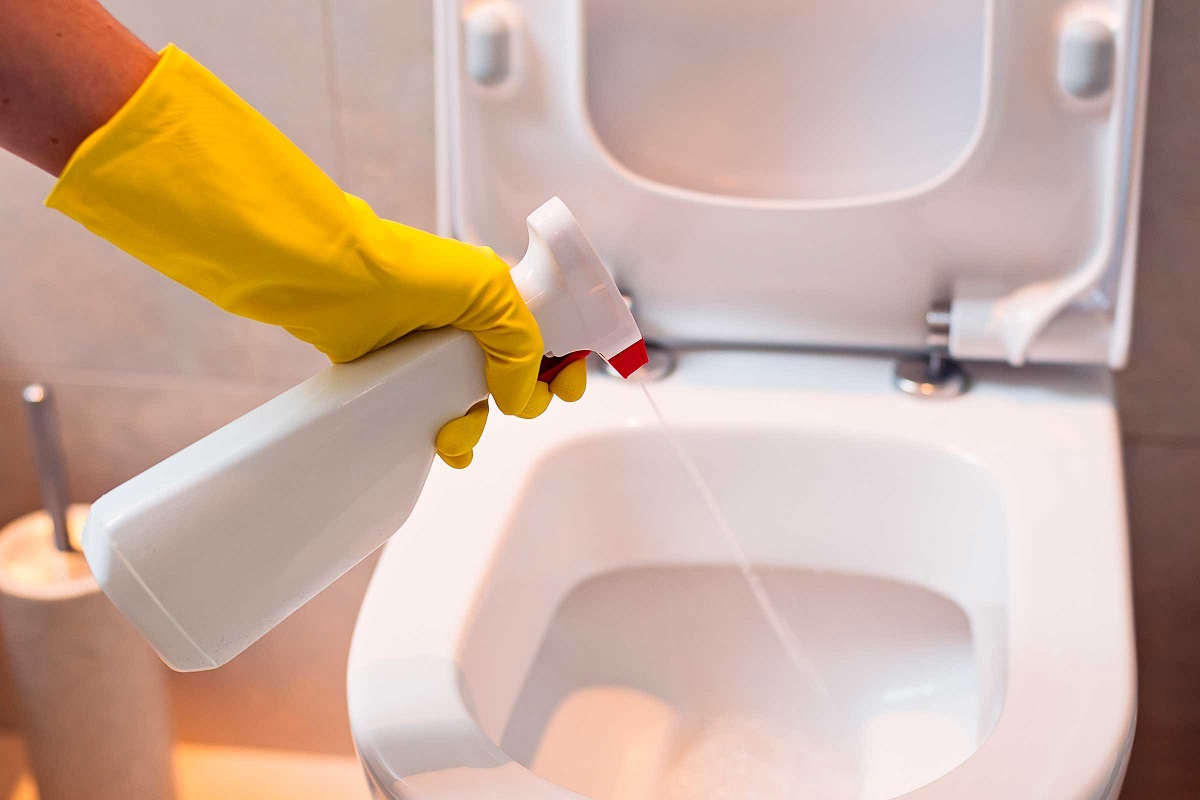

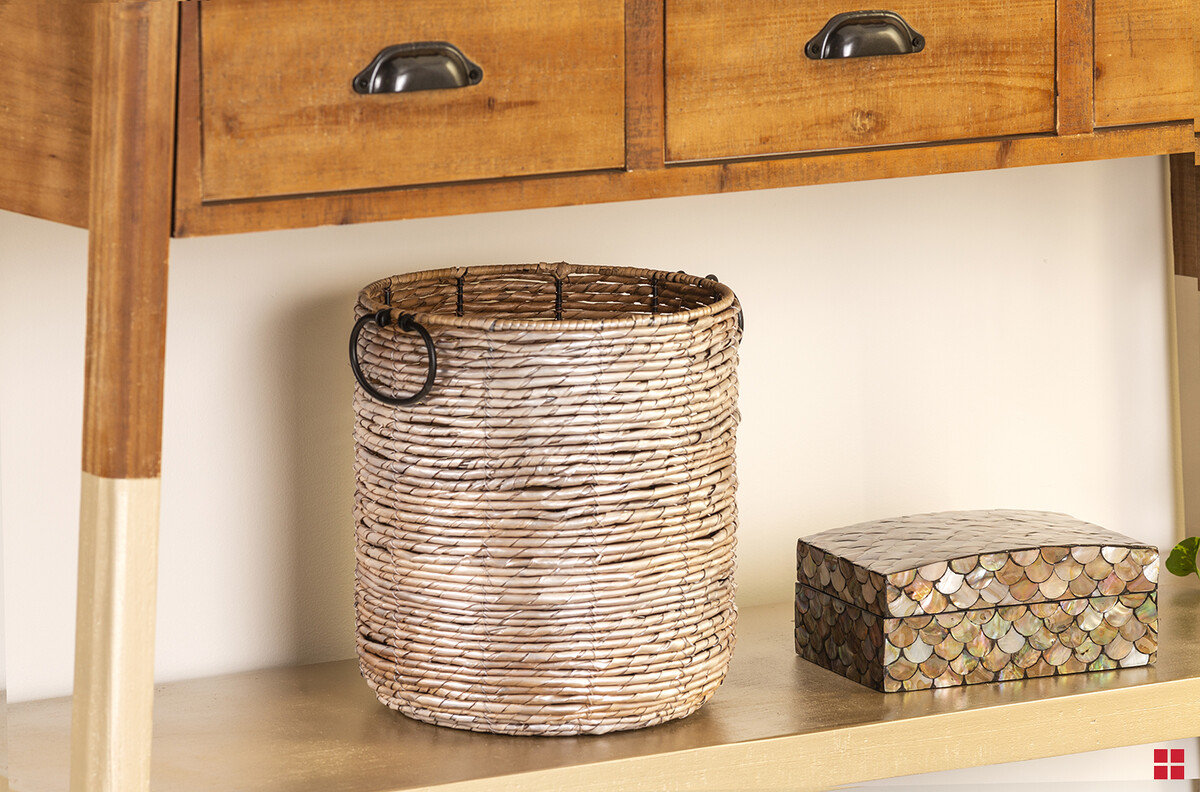
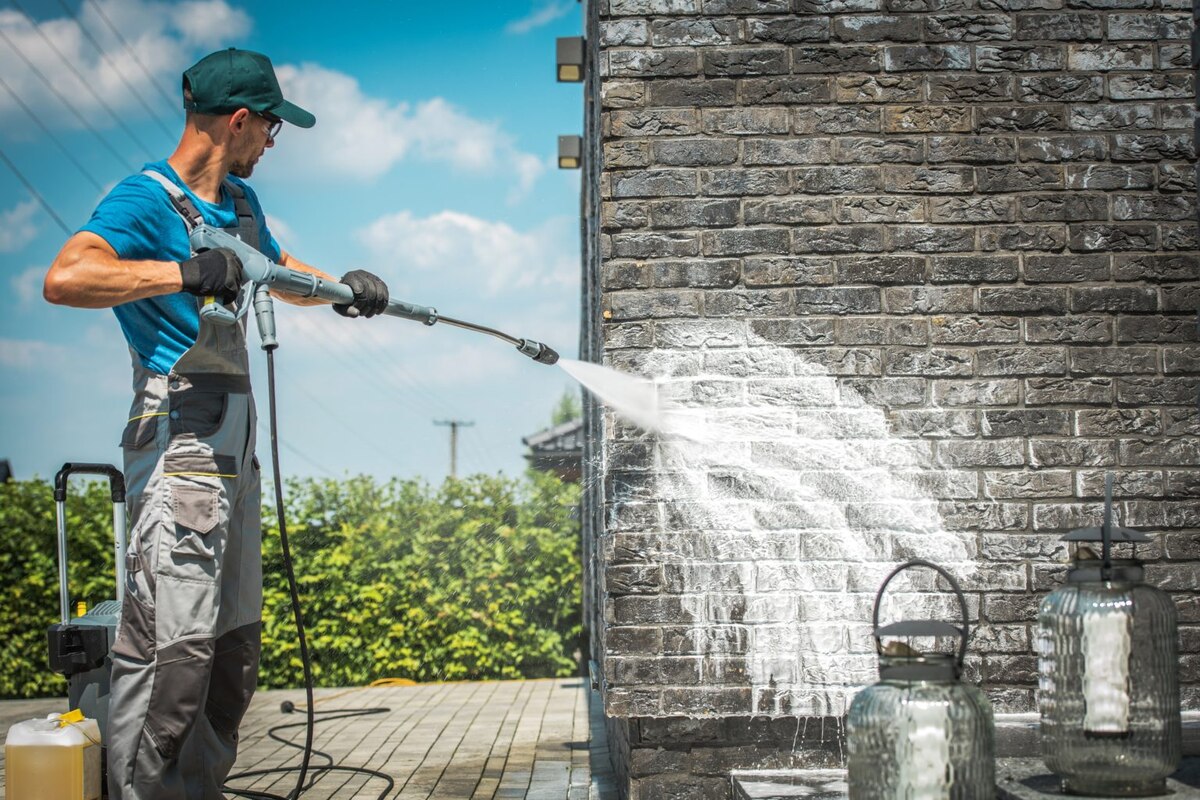
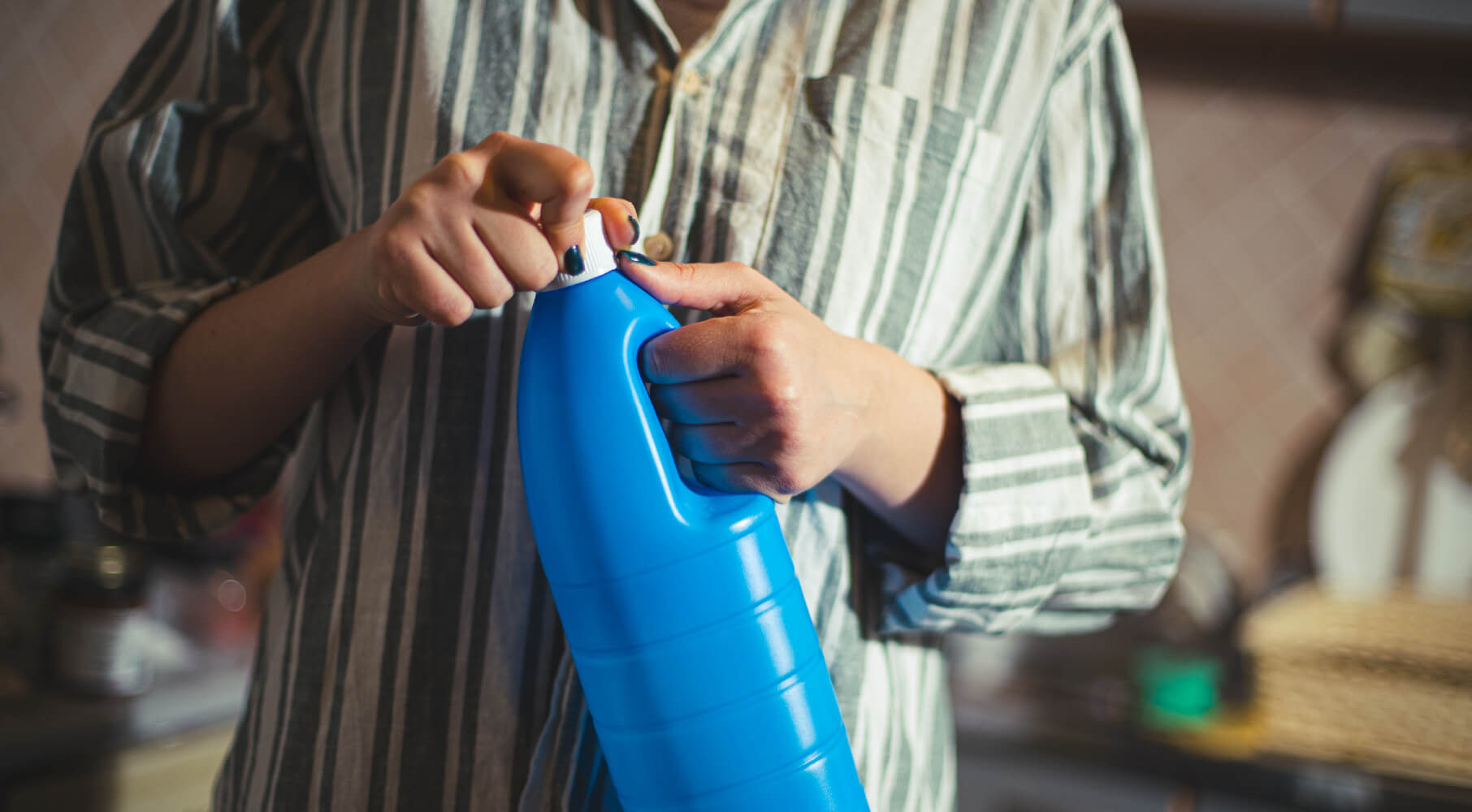


0 thoughts on “How To Store Bleach”